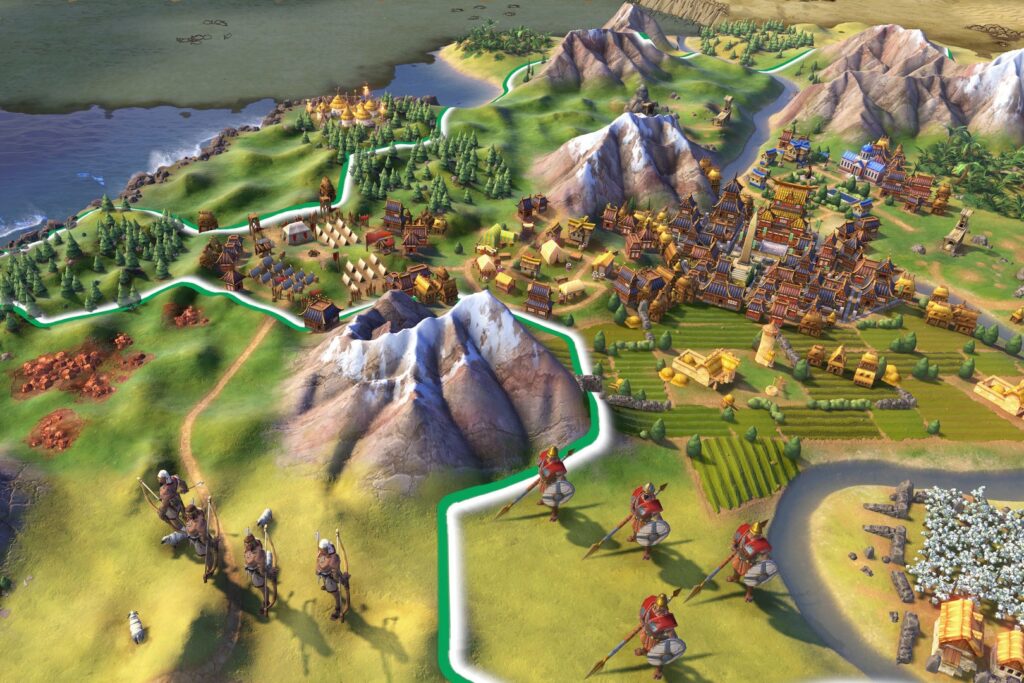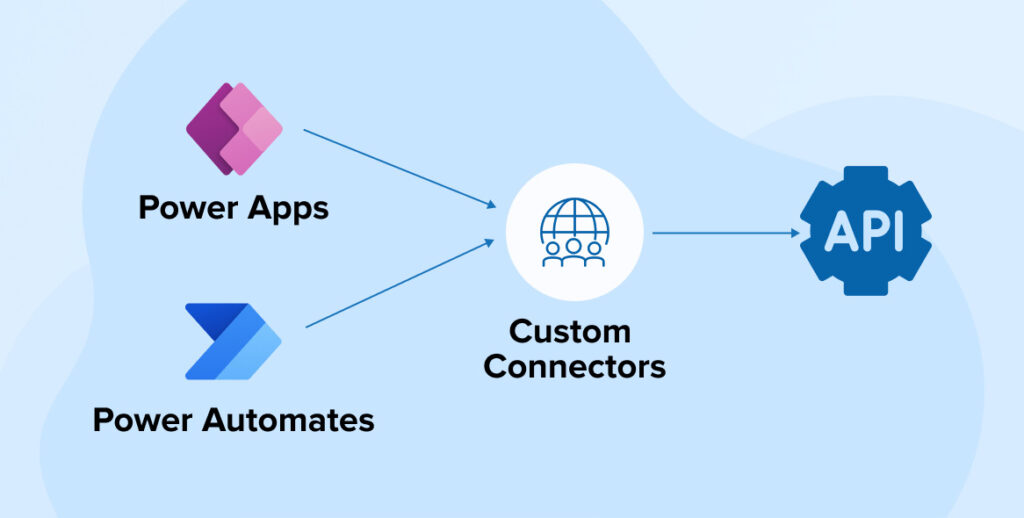An earthquake is the sudden slipping of two blocks of the Earth’s crust, creating seismic waves. It can be a result of a release of energy in the Earth’s lithosphere.
The USGS Earthquake Map and other resources provide information on recent and historic earthquakes. The shaking of the Earth’s surface during an earthquake can be felt and measured using various tools and techniques. Earthquakes can occur in different parts of the world, including the Bay Area, Seattle, San Francisco, and Washington.
Monitoring and tracking earthquakes can help in understanding their patterns and providing early warnings for potential disasters.
Understanding Earthquakes
Understanding earthquakes is crucial in grasping the sudden slipping of two blocks of the Earth’s surface, known as faults or fault planes, resulting in seismic waves. Stay up to date with the latest earthquakes on the USGS Earthquake Map and find information on historic earthquakes and earthquake resources through the U.
S. Geological Survey.
| What is an earthquake? |
| An earthquake is what happens when two blocks of the earth suddenly slip past one another. The surface where they slip is called the fault or fault plane. |
| The science behind earthquakes |
| An earthquake is the shaking of the surface of the Earth resulting from a sudden release of energy in the Earth’s lithosphere that creates seismic waves. |
| Factors contributing to earthquake occurrence |
| Earthquakes can occur due to various factors such as tectonic plate movements, volcanic activity, and human-induced activities like mining and hydraulic fracturing. |
In summary, an earthquake is a seismic event that occurs when two blocks of the Earth slip past each other along a fault line. This sudden release of energy creates seismic waves, resulting in the shaking of the Earth’s surface. Earthquakes can be caused by natural phenomena like tectonic plate movements and volcanic activity, as well as human activities. It is crucial to understand the science behind earthquakes and the contributing factors to better prepare for and mitigate their impact.

Credit: www.filmaffinity.com
Earthquake Causes And Effects
An earthquake occurs when two blocks of the Earth suddenly slip past each other, causing the surface to shake. This sudden release of energy in the Earth’s lithosphere creates seismic waves, resulting in the effects of an earthquake.
|
Earthquake Preparedness And Safety Measures
Earthquakes can be unpredictable and can cause significant damage to buildings and infrastructure. It is crucial to be prepared and take safety measures to minimize the risks associated with earthquakes. Developing an emergency plan is the first step towards earthquake preparedness. This plan should include identifying safe areas in your home or workplace, creating a communication plan with family members or coworkers, and preparing an emergency kit with essential items.
Another important consideration is the construction of buildings. Ensuring that buildings are designed and constructed to be earthquake-resistant can greatly reduce the potential for damage and collapse. This involves following strict building codes and using seismic-resistant materials and techniques.
During an earthquake, it is essential to take safety precautions to protect yourself. Drop, cover, and hold on is the recommended action to take. Find a sturdy piece of furniture to take cover under and hold on until the shaking stops. Avoid standing near windows or objects that can fall and cause injury. After the shaking stops, be cautious of potential aftershocks and check for any hazards or damage.
Historical Earthquakes: Unforgettable Disasters
Earthquakes are unforgettable disasters that have shaped the course of history. The Great East Japan Earthquake and Tsunami in 2011, the San Francisco Earthquake of 1906, and the Haiti Earthquake in 2010 are among the most notable seismic events. These earthquakes caused massive destruction, loss of life, and significant economic impact.
The Great East Japan Earthquake, with a magnitude of 9.0, triggered a devastating tsunami that caused widespread devastation along the Japanese coastline. The San Francisco Earthquake, measuring 7.9 on the Richter scale, ripped through the city, resulting in widespread fires and destruction. The Haiti Earthquake, with a magnitude of 7.0, caused catastrophic damage in the capital city of Port-au-Prince, leading to a humanitarian crisis.
These historical earthquakes serve as powerful reminders of the need for preparedness and effective disaster response. Understanding the causes and effects of earthquakes is crucial in developing strategies to mitigate the impact of future seismic events. By studying past disasters, we can learn valuable lessons that can help us build more resilient communities.
Predicting And Monitoring Earthquakes
Seismic monitoring networks play a crucial role in predicting and monitoring earthquakes. These networks consist of seismometers strategically placed to detect and record any seismic activity. By analyzing seismic data, scientists can identify patterns and trends that may indicate the possibility of an earthquake. Additionally, they use advanced technologies such as GPS, satellite imagery, and radar to measure small ground movements that may precede a major earthquake.
However, accurately predicting earthquakes remains a significant challenge. Earthquakes are complex, and there is no foolproof method for forecasting them. Scientists rely on statistical analysis, historical data, and the study of fault lines to make predictions. Despite significant advancements, the accuracy and lead time of earthquake predictions are still limited.
It is important to note that earthquake prediction should not be confused with earthquake forecasting. Prediction aims to determine when and where an earthquake will occur, while forecasting estimates the probability of an earthquake happening over a specific period.
In conclusion, while advances in technology and research have improved our understanding of earthquakes, predicting them with absolute certainty is still not possible. Continued research and advancements are necessary to enhance our ability to forecast and mitigate the impacts of earthquakes.
Recent Earthquakes Around The World
| Recent Earthquakes Around the World |
Earthquakes can cause devastating impacts and leave behind a trail of destruction. In recent times, there have been several notable earthquakes in different regions. These seismic events have had a significant impact on the affected areas, leading to widespread destruction and displacement of communities. Efforts in earthquake relief and recovery have been underway to help affected regions cope with the aftermath of these disasters. Organizations and governments have been working tirelessly to provide assistance to those in need, providing emergency supplies, rebuilding infrastructure, and offering support to affected communities. It is crucial for communities and individuals to stay informed and prepared for potential earthquakes, as they can strike unexpectedly. By staying vigilant and having proper disaster preparedness plans in place, it is possible to minimize the impact and ensure a safer future. Stay safe and informed!
Earthquake Awareness And Education
Earthquake Awareness and Education is crucial for understanding the science behind earthquakes, identifying earthquake-prone areas, and ensuring preparedness. By staying informed about recent earthquakes and accessing resources from reputable sources like the USGS, individuals can learn how to protect themselves and their communities in the event of an earthquake.
| Earthquake Awareness and Education |
| Promoting earthquake awareness in communities |
|
| Education and training for earthquake readiness |
|
| Supportive resources and organizations |
|
Frequently Asked Questions Of Earthquake
Has There Ever Been A 10.0 Earthquake?
Yes, there have been 10. 0 earthquakes.
When Was The Last Earthquake In Nevada?
The last earthquake in Nevada occurred recently. For the most up-to-date information on recent earthquakes, you can check the USGS Earthquake Map or visit the official USGS website.
Where Was The 5.3 Earthquake Today?
The 5. 3 earthquake today’s location can be found on USGS Earthquake Map. Visit the website for detailed information.
Where Was The 6.0 Earthquake Today?
The location of the 6. 0 earthquake today can be found by searching on the USGS Earthquake Map or checking the Latest Earthquakes Map on the USGS website.
Conclusion
In the aftermath of an earthquake, it is essential to understand the science behind this natural disaster. Earthquakes occur when two blocks of the Earth slip past each other along a fault plane. The resulting shaking of the Earth’s surface creates seismic waves that can have devastating effects.
It is crucial to stay informed about recent and historic earthquakes using resources such as the USGS Earthquake Map and the Latest Earthquakes Map. By being prepared and knowledgeable, we can work towards minimizing the damages caused by earthquakes and ensuring the safety of ourselves and our communities.






